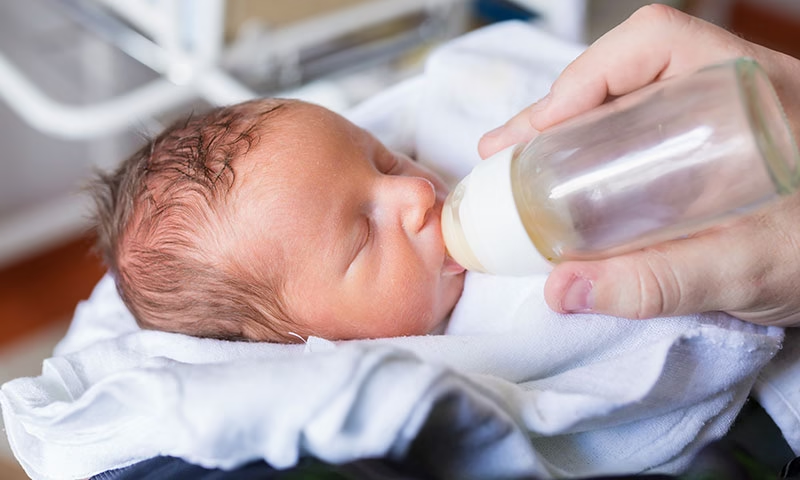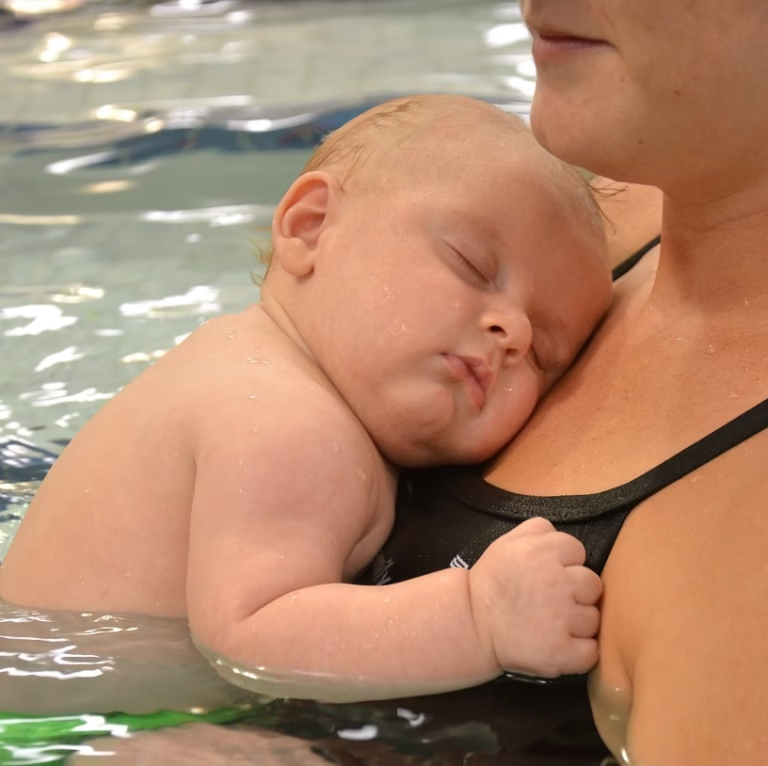How to Properly Bottle Feed an Infant: Expert Tips
To properly bottle feed an infant, position the baby semi-upright and tilt the bottle slightly. Ensure the teat is full of milk to avoid air ingestion.
Bottle feeding an infant is a crucial task that requires precision and attentiveness. Parents and caregivers must understand the proper techniques to ensure the baby feeds comfortably and safely. It’s about creating a bonding experience while meeting the baby’s nutritional needs.
Selecting the right bottle, understanding the appropriate milk temperature, and recognizing the baby’s hunger cues are essential elements of bottle feeding. This guide provides essential tips for caregivers to master the art of bottle feeding, fostering healthy growth and development for the infant.
Preparing For Bottle Feeding
It’s vital to choose the right bottle and nipple for your baby. Bottles come in different shapes and sizes. Look for BPA-free plastic or glass options. The nipple’s shape should mimic a mother’s breast. This helps your baby latch on correctly. Various flow rates are available. Newborns usually need a slow-flow nipple.
Sterilizing bottles before use is a must to protect your infant from germs. Boil the bottle and nipple for five minutes, or use a specialized sterilizing machine. Always wash your hands before handling sterilized bottles and making formula.
| Bottle Material | Nipple Type | Flow Rate |
|---|---|---|
| BPA-free Plastic or Glass | Shape similar to breast | Slow for newborns |
| Anti-Colic Designs | Orthodontic shapes | Medium to fast for older infants |
Understanding Formula And Breastmilk
Choosing the right baby formula is vital. There are multiple types, each designed to meet different needs. Cow’s milk-based formulas are most common. Some infants may need soy-based or hypoallergenic formulas due to allergies or lactose intolerance.
Proper breastmilk handling is also key. Keep it in a sterile container. Thaw frozen breastmilk in the fridge overnight. Never refreeze it once thawed. For short-term storage, you can keep breastmilk at room temperature for a few hours. Use or properly store it within this time.
| Storage Location | Maximum Duration |
|---|---|
| Room Temperature | Up to 4 hours |
| Refrigerator | Up to 4 days |
| Freezer | Up to 6 months |
Hygiene And Handling
Maintaining strict hygiene is crucial while bottle feeding an infant. First, always ensure clean hands by washing them with soap for at least 20 seconds. Dry them with a clean towel before touching any feeding equipment. The area where you prepare the bottle should be clean and dry. Use disinfected surfaces and avoid areas where raw food is handled.
The bottles, teats, and any mixing equipment must be sterilized before use. This prevents harmful bacteria from infecting the milk, thus keeping the baby safe. After sterilizing, assemble the bottles on the disinfected surface to avoid contamination.
Bottle Feeding Techniques
To ensure your baby is comfortable, hold them in a semi-upright position during bottle feeds. Make sure your baby’s head rests in the bend of your elbow. This gives them plenty of support.
Try the paced bottle feeding method to mimic breastfeeding. Use a slow-to-medium flow nipple. Tilt the bottle just enough so the milk fills the nipple. This prevents too much milk from overwhelming your baby.
Allow your baby to latch onto the nipple themselves. Offer the nipple to the baby’s lips and wait for them to open wide. With paced feeding, take frequent breaks. Allow your baby to breathe and swallow at their own pace.
Watch for your infant’s cues— a steady suck-swallow pattern indicates they are hungry. When they turn away or slow down, they might be full. Respect these signals and don’t force them to finish the bottle.
Cues And Responses
Recognizing infant cues is essential to avoid overfeeding during bottle sessions. Positioning the bottle correctly ensures a comfortable and safe pace for feeding.
Managing Common Feeding Issues
Gas and colic can upset infants during bottle feeding. Gentle tummy rubs and burping often help. Make sure the baby’s head is higher than the stomach to prevent air swallowing. A slow-flow nipple can decrease gas and colic risk. Babies signal discomfort through crying and fussiness. Remain patient and try different positions.
For preventing overfeeding, watch for signs of fullness, like turning the head away. Offer the bottle only when your baby is hungry, not as a pacifier. Choking can happen if the milk flows too fast. The bottle should be tilted to allow milk to the nipple’s tip, not filled to overflowing. Regular breaks during feeding allow your baby to control intake and reduce risks.
Post-feeding Care
Burping your infant is essential after feeding to help release gas. Gently pat or rub their back in a circular motion while holding them upright. You can try different positions such as over the shoulder, sitting on your lap, or face-down on your lap to see what works best.
For cleaning bottles and accessories, disassemble all parts. Use hot, soapy water to clean them. Rinse thoroughly to remove soap residue. Sterilize bottles and nipples in boiling water or a sterilizer. Allow everything to air dry before reassembly and storage.
Frequently Asked Questions
What Is The Correct Position For Bottle Feeding?
Hold your baby semi-upright, with their head supported and slightly elevated. Ensure the bottle is tilted to fill the nipple with milk, allowing the baby to suckle comfortably. Avoid letting the baby lie flat or propping the bottle.
How Must You Feed A Bottle To An Infant?
To feed a bottle to an infant, wash your hands, then hold your baby at a slight incline. Gently touch the nipple to their lip and wait for them to latch on. Tilt the bottle so milk fills the nipple, allowing your baby to control the flow.
Look for fullness cues to know when they’re done.
What Is The Correct Way Of Feeding Milk To Baby?
Ensure your hands are clean before starting. Hold your baby in an upright position for feeding. Gently touch their lips with the bottle to encourage latching. Tilt the bottle slightly, filling the teat with milk. Observe your baby for signs of fullness and stop then.
Conclusion
Bottle feeding an infant is both an art and a science. With the right technique and attention to your baby’s cues, this feeding method can be a nurturing experience for both of you. Remember to keep the bottle tilted, be patient, and create a calm environment.
Every infant is unique, so stay observant and responsive. Happy feeding!





